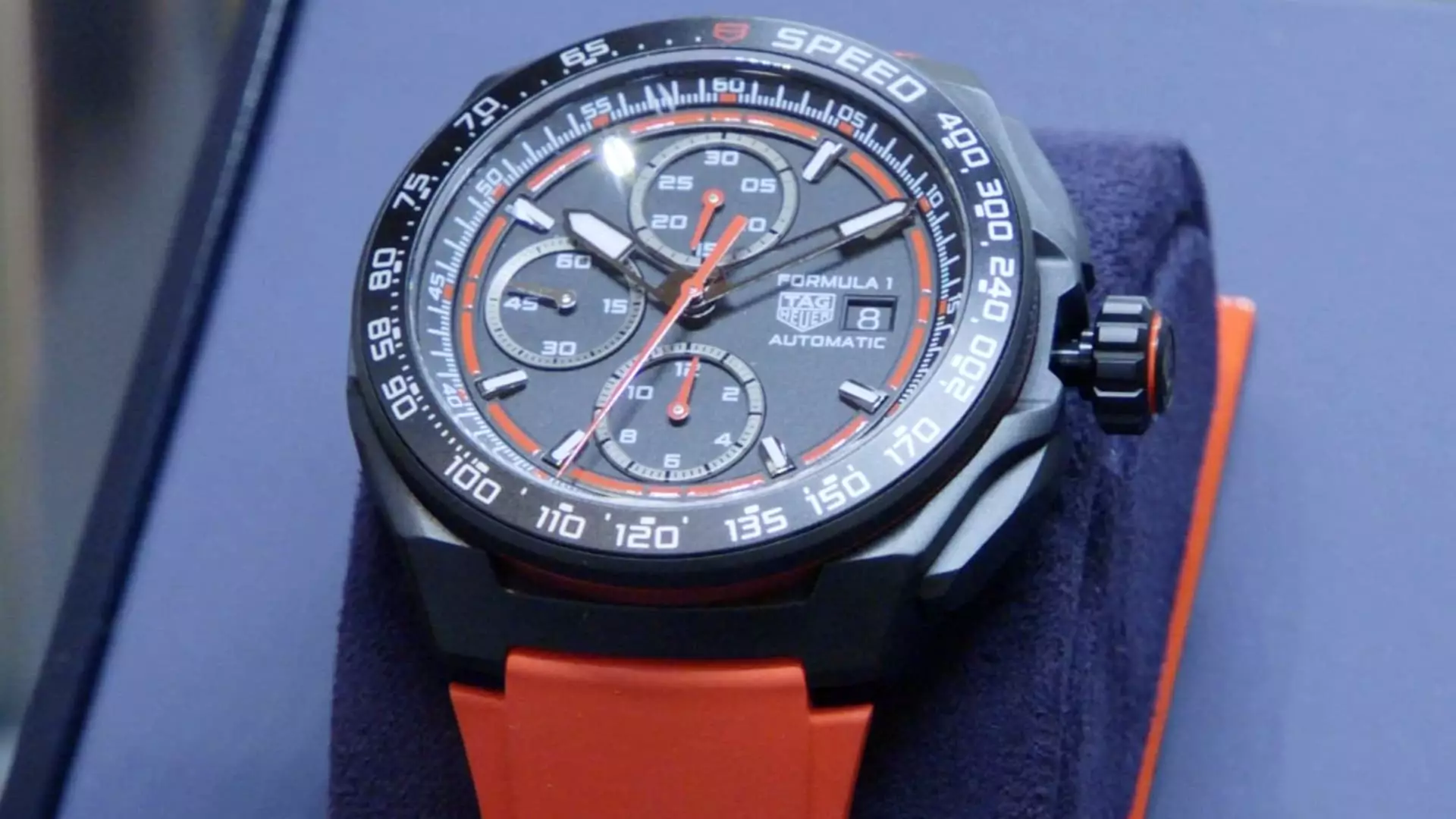As one of the premier luxury conglomerates in the world, LVMH has recently unveiled an encouraging trend in its watch and jewelry segments after a challenging year of declining sales. During their latest earnings call, the company revealed a 3% increase in these sectors, marking a favorable turn for LVMH, especially when compared to the downturns seen in both the fashion and leather goods segment and the wine and spirits division. This resurgence is a reflection not only of strategic brand maneuvers but also of evolving consumer spending patterns—especially among affluent cohorts in the United States and Europe.
The optimism expressed by several CEOs of LVMH’s watch and jewelry brands is palpable. Jean-Christophe Babin, CEO of Bulgari, noted his surprise at the year’s strong start, hinting at a broader picture of consumer reassurance that is gradually developing, particularly post-election in the U.S. Anthony Ledru, head of Tiffany & Co., corroborated this sentiment by emphasizing an emerging confidence among affluent U.S. consumers. This newfound clarity is likely contributing to heightened sales momentum, particularly in comparison to the ongoing struggles faced in the Chinese market.
The dynamics of the luxury market are intricate and responsive to both external factors, like economic indicators, and internal factors, such as brand positioning strategies. The apparent resurgence in American consumer spending signals a noteworthy shift away from the previous overwhelming emphasis on Asian markets, primarily China. Despite some initial stagnation, the luxury brands under LVMH are capitalizing on renewed interest within the U.S., coupled with robust demand in Europe, thereby positioning themselves well for 2025.
Risks on the Horizon: Tariffs and Economic Uncertainty
While the positive outlook for luxury consumption is encouraging, it is not without its potential pitfalls. LVMH executives remain vigilant regarding the impact of U.S. tariffs on goods imported from Europe and particularly high-end watches made in Switzerland. Historically, consumer purchasing power has been influenced by trade policies, and the luxury sector could face significant repercussions if tariffs evolve unfavorably.
Moreover, as high-end brands prepare to unveil a slew of new products in anticipation of increased demand in 2025, the potential for volatility in abroad markets remains a concern. Uncertainty surrounding trade can lead to cautious consumer behavior, which stands in stark contrast to the current optimistic narrative. Nevertheless, the immediate response from consumers indicates a willingness to engage with luxury brands, underscoring an opportunity for LVMH to innovate and expand.
Adapting to changing consumer preferences is critical for luxury brands aiming to enhance engagement and foster loyalty. LVMH is not shying away from innovation. For instance, Louis Vuitton’s introduction of the “Tambour Taiko Spin Time” collection exemplifies a meticulous approach to craftsmanship and luxury allure. By embracing historical inspirations like airport displays, the brand is effectively bridging nostalgia and modern design, appealing to collectors and casual consumers alike.
TAG Heuer’s recent announcement of a partnership with Formula 1 has propelled its visibility, enhancing sales almost immediately after the news broke. This kind of strategic positioning, particularly in partnership with high-profile sporting events, not only builds brand equity but also positions the product line to thrive under heightened consumer interest. Furthermore, the dynamic and easily measurable nature of social media allows brands to respond better and pivot strategies based on real-time consumer feedback.
Jewelry Sales Surging: A Focus on the Female Consumer
Tiffany & Co.’s successful sales figures, with a reported 9% increase in same-store sales during the fourth quarter, highlight a burgeoning transformation in the luxury jewelry market. The flagship store’s renovation has created an elevated consumer experience, while tactical shifts towards female empowerment in purchasing decisions signify a major cultural shift in luxury consumption. As women’s purchasing power continues to grow due to various socio-economic factors, brands are increasingly recognizing the importance of catering to this demographic.
The road ahead for luxury brands like Bulgari and Tiffany entails more than the mere launch of attractive products; it requires a deep understanding of new consumer identities and aspirations. With rising interest among women as self-purchasers of luxurious items, brands that prioritize inclusivity and direct marketing toward this demographic are likely to reap substantial rewards.
Overall, LVMH’s luxury watch and jewelry segments appear poised for a promising recovery, buoyed by favorable market conditions and strategic product offerings. Nonetheless, the specter of global economic fluctuations and trade policy shifts looms large. As the company navigates this complex landscape, it remains imperative that LVMH embraces innovation while maintaining a customer-centric approach that resonates with today’s diverse and discerning luxury consumers. If effectively managed, the anticipated growth through 2025 could cement LVMH’s leadership in the high-end market, setting the stage for enduring success in the luxury goods sector.

